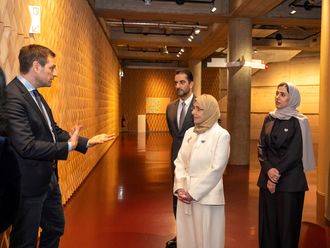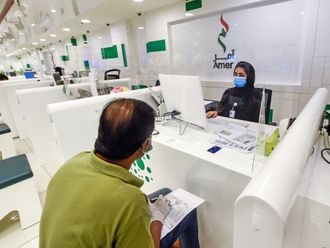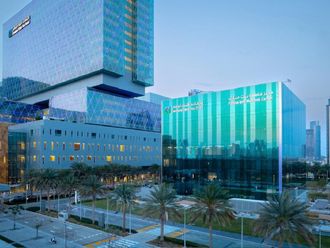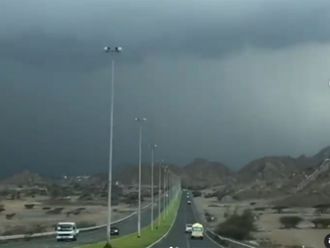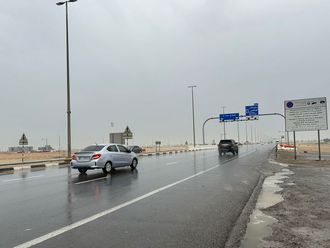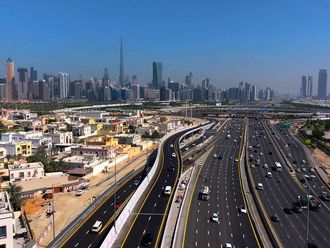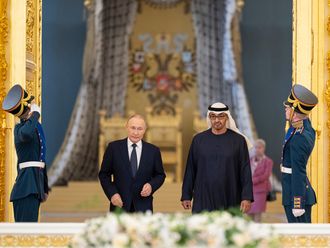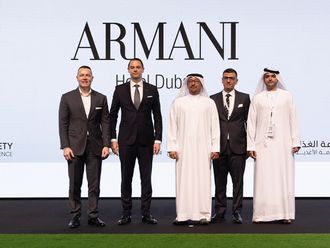German team of archaeologists to make a presentation about their findings at Jumeirah's Sufouh II archaeological site
Camels, the single-humped dromedaries, are the subject of deep discussion here, at the Sufouh II archaeological area in Jumeirah, Dubai.
Dr Claudia Gruber and Professor Angela von den Driesch, both from the Ludwig-Maximilians Univer-sity of Munich, Germany, who are currently working on the site, will make a presentation about their discoveries at 7.30pm on Sunday at the auditorium of Emirates Academy of Hospitality Management.
Organised by the Dubai Natural History Group (DNHG), the event is free. Dr Gruber, field director and archaeologist, and her team say they have discovered the bones of 60 camels making this site the only one to produce a large quantity of ancient animal bones of a single species.
"The dromedary is an important animal to the whole of Arabia. If these animal bones are ones of the species before domestication, then we have the unique opportunity to study an extinct animal," explains Dr Gruber.
Camels have been domesticated for so long that there are virtually no records of its life as a wild animal. Now the German team believes Al Sofouh II might have the answers to many archaeologists' questions regarding camels in their wild state.
"There is sufficient evidence to indicate that the camel bones at this site are from 1900 BC to 1600BC, a period about 4,000 years ago," says Dr Gruber.
During the talk, Professor Driesch, an archaeo-zoologist, a specialist of ancient and modern animal bones, will provide insights on the different species of dromedary and talk about the differences between the one-humped Arabian camel and the two-humped camel from Asia. She will also talk about the history of the camel, its evolution and domestication.
Along with camel bones, the team has also unearthed pottery shards (the painting and shape of which have helped them arrive at a guess as to the age of the site), small metal articles and thousands of broken fish bones. They believe that this site, which is 1.5 kilometre inland, was directly on the sea-shore during that early period.
"There is considerable amount of sand in both the upper and lower area of the site which has to be sieved by hand.
The sieved articles are then stored in bags to be checked later. Apart from important fish bones, the team even found oyster pearls which along with other archaeological material were documented, photographed and now happily reside at a Dubai museum," says Dr Gruber.
A volunteer team organised by DNHG, helps in examining the contents of these bags. "Working on the site is a tremendous task. It takes patience, good eyes and certain amount of wind and sun to sit under an umbrella, sorting animal and fish bones. It is slow work but the volunteers enjoy it," says Gary Feulner, president of DNHG.
"I find field-work interesting and have learnt a lot from sorting fish bones at the site for the past three weeks," adds Christopher Raynor, a 17-year-old student and volunteer. "My time here encourages me to study archaeology as a subject in the future."
The DNHG invites both visiting lecturers as well as amateurs to deliver monthly lectures on subjects ranging from marine life and geology to astronomy and botany. "We are happy that the German team has accepted our invitation to speak about their findings at the site," says Feulner.
The Sufouh II site is one of the older sites in Dubai, and the team is working under the auspices of the Archaeology Department headed by Dr Hussein Quandil. The Archaeology Department comes under the Dubai Department of Tourism and Commerce Marketing.
Talk on 4,000-year-old camel bones
Camels, the single-humped dromedaries, are the subject of deep discussion here, at the Sufouh II archaeological area in Jumeirah, Dubai.


